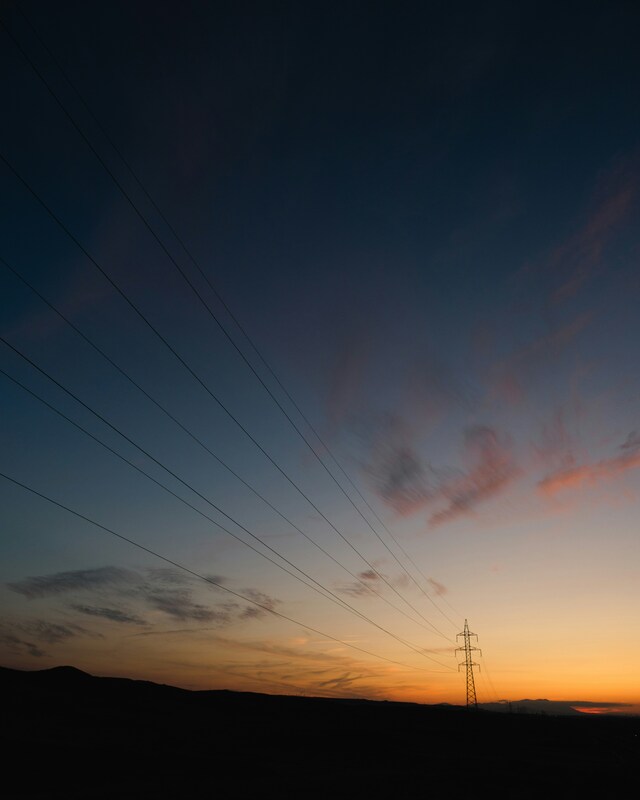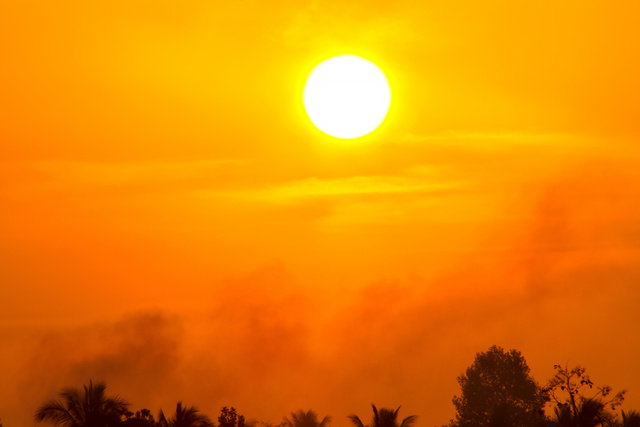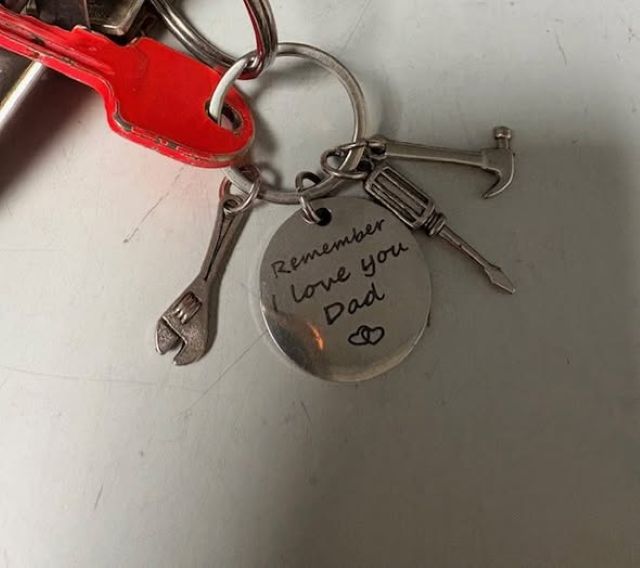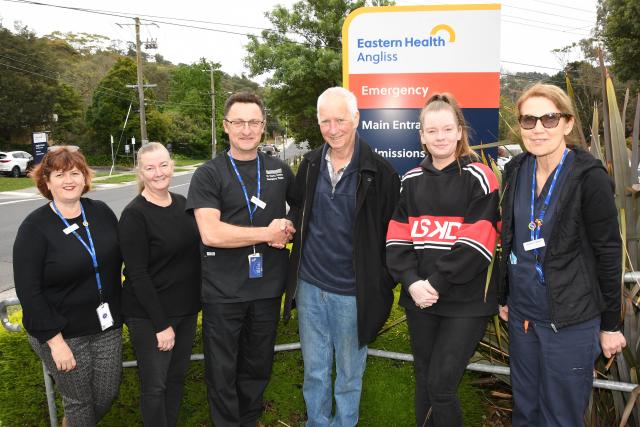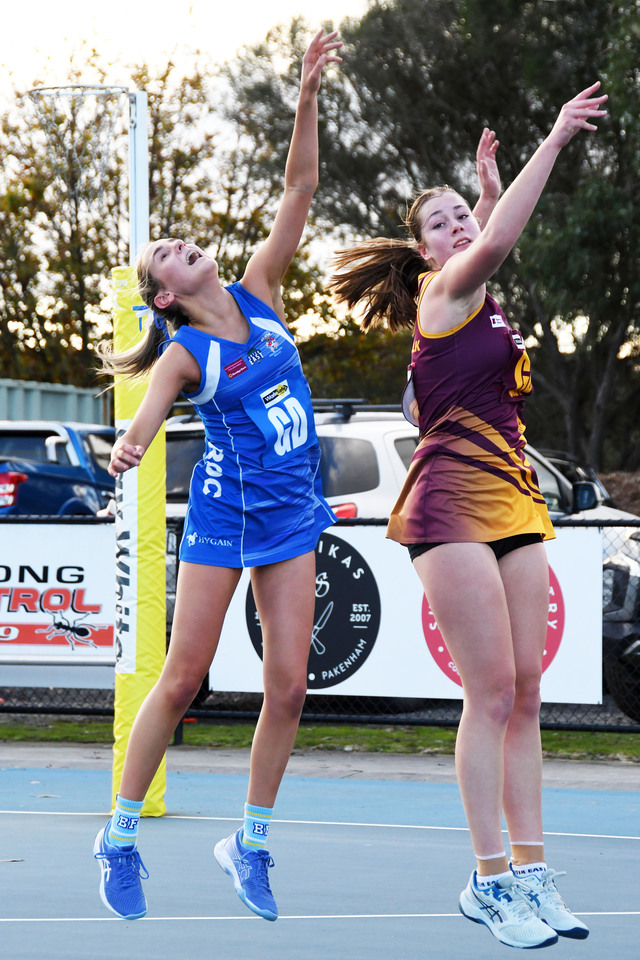With Emerald, Cockatoo, Gembrook and Monbulk among the communities that were hit the hardest, the Victorian Government has issued a review looking into the operational response of electricity providers to the storm-induced power outages that occurred in February this year.
This independent review has moved on to its next phase of public consultation, involving the community and stakeholders.
With over half a million people left without electricity as a result of a major thunderstorm event occurring on February 14, the purpose of this independent review is to address and improve the responses of electricity transmission and distribution businesses.
A Cockatoo resident and former CFA and emergency relief volunteer said, “You can talk to the community as much as you can but what it comes down to is what real solutions they have that will actually make a difference at the end of all this.”
“There are QR codes and things around about seeking input from residents to survey our responses to the events. I just wonder whether this is a little too late,” the resident said.
“Communication is a good step but how much they do with what we say.”
According to residents form the Cockatoo area, there have been some improvements in terms of responding to blackout events.
The Cockatoo resident said, “This is the second major power outage we’ve had. The first one was a couple of years ago and lasted six days so about the same amount of time. For the first outage, the response from both the council and disaster recovery was very slow.”
“They’ve made some improvements this time in terms of how quickly they responded to the incident,” he said.
“Our power is unreliable and it’s expensive. We are still paying a fortune for the services that we get. And we still have these events so something still needs to be done. They have made some improvement since the last storms but it hasn’t been enough.”
Major energy providers involved in the review consist of Ausnet, United Energy, Citipower and Powercor, Jemena.
Maintaining that AusNet and United Energy customers experienced the most significant outages, the independent review states, “AusNet AusNet’s network was significantly impacted by the storm event, with 360,000 customers losing supply – the highest number of customer outages in a single day in the history of AusNet’s network.
94 percent of AusNet affected customers had their power restored within 72 hours; but 20,000 customers were off supply for three days, and more than 4,000 customers were off supply for at least seven days.
The last five properties were reconnected on 24 February 2024, 11 days after the initial event. During the event, AusNet deployed large generators to Mirboo North, Emerald and Cockatoo communities, which temporarily restored some customer supply until fault repairs were completed.
The Cockatoo resident said, “My greatest concern is not necessarily power because you can cope. Its access to triple zero and telephone communication services because during summer when there’s bushfires, you need access to these things.”
“Our mobile phone towers will die eight hours into an outage and we have no communications at all once that happens which is of course a major risk when it comes to accessing triple zero,” the resident said.
“We are trying to push the telcos to power the mobile phone network because all we’ve got is battery power. I actually dealt with telstra after the last storms and they agreed that they would triple the battery capacity of the mobile towers on the hill. It had four hours of standard capacity. They didn’t put a generator in but they tripled the battery capacity so they did something, but it is still a major thing that needs to be addressed.”
Residents are also concerned about financial aid when it comes to blackouts.
“Because being a resident in cockatoo, a lot of us have become accustomed to the power outages and have gone and spent four or five grand on a diesel generator. I’m now running my own diesel generator in my house because we are always losing power.”
“During February, I had no power for six days in a row and I know for a fact that the compensation, guaranteed service levee, was changed after the last storm. There are different levels of payment they have to pay you if you are without power as compensation and that was reduced so now as a result of those storms, all we got was a $90 payment instead of a $380 payment,” the resident said.
“The minor compensation you get doesn’t cover your food spoilage, it doesn’t cover the power for your generator, or any of these inconveniences.”
The Cockatoo resident also expressed his concern about contractors being pushed to make quick, temporary repairs to the network in order to get people’s power on in six days to avoid divvying out the $1400 full power outage payments to residents.
“We think Ausnet did a rushed, half-assed job to try and prevent paying people the money,” the Cockatoo resident said.
“We all got our power back on in six days, just one day short of the seven days and now in the past few weeks, we’ve had days without power for maintenance.”
“What are the councils and the government doing to mitigate the impact of these disasters? If there is a loss of power, what are they doing to make sure the community is fed and watered? Regardless of money, people need to eat, bathe their babies, they need to wash their clothes and live.”
In the case of a bushfire, power is also automatically cut in towns such as Cockatoo, leaving the community without electricity and at risk of being unable to call triple zero.
The Cockatoo resident said, “Community conversation is a good thing and they’ve put a generator in at the Cockatoo Senior Citizens Emergency Relief Centre.”
“There have been some emergency measures that have been put in place but my feeling is that it might have been a little too late and what are they doing to make our electricity network reliable in the first place,” the resident said.
The Victorian Minister for Energy and Resources Lily D’Ambrosio said, “We are tasked to inquire into and make recommendations in respect to the operational response of transmission and distribution businesses, including contingency planning, timely and effective management of the incident, and restoration of supply.”
“It’s clear that improvements must be made in the way privately owned power companies respond to extreme weather events and how they communicate with the residents and businesses who rely on them,” Ms D’Ambrosio said.
During the event, AusNet’s online Outage Tracker failed due to high customer demand. This, along with other technological and system issues, meant that impacted communities could not access timely and reliable information about their power outage, and make informed decisions about what to do.”
With a panel made up of Network Outage Review Chair Rosemary Sinclair, Board Director of the Telecommunications Industry Ombudsman Gerard Brody and Marinus Link non-executive director Kevin Kehl, communities have already shared their insights.
Currently, the community has expressed to the panel that the chief courses of action include ensuring damaged infrastructure such as downed power lines is made safe, championing visibility of support locally and the implementation of temporary generation particularly for main street services such as fuel stations and grocery stores.
Communities have already told the panel that making sure that accurate and timely information about the situation is critical when it comes to knowing what is happening and when power is likely to be restored.
The interim report also notes Ausnet’s Outage Tracker failed and businesses should do more to communicate with customers with limited phone and internet access.
Having listened to affected communities and investigated the processes of the privately owned power companies that own the network, the panel will make recommendations on the operational response of the companies. It is looking at contingency planning, timely and effective resource deployment and restoring supply.
The review has also engaged and considered input from the Australian Energy Market Operator, Australian Energy Regulator, Energy Safe Victoria, the Essential Services Commission, Emergency Management Victoria and other regulators.
The interim report is available for consultation from early July via Engage Victoria, with sessions to be held in affected communities throughout July. The final report and recommendations will be released in August.

